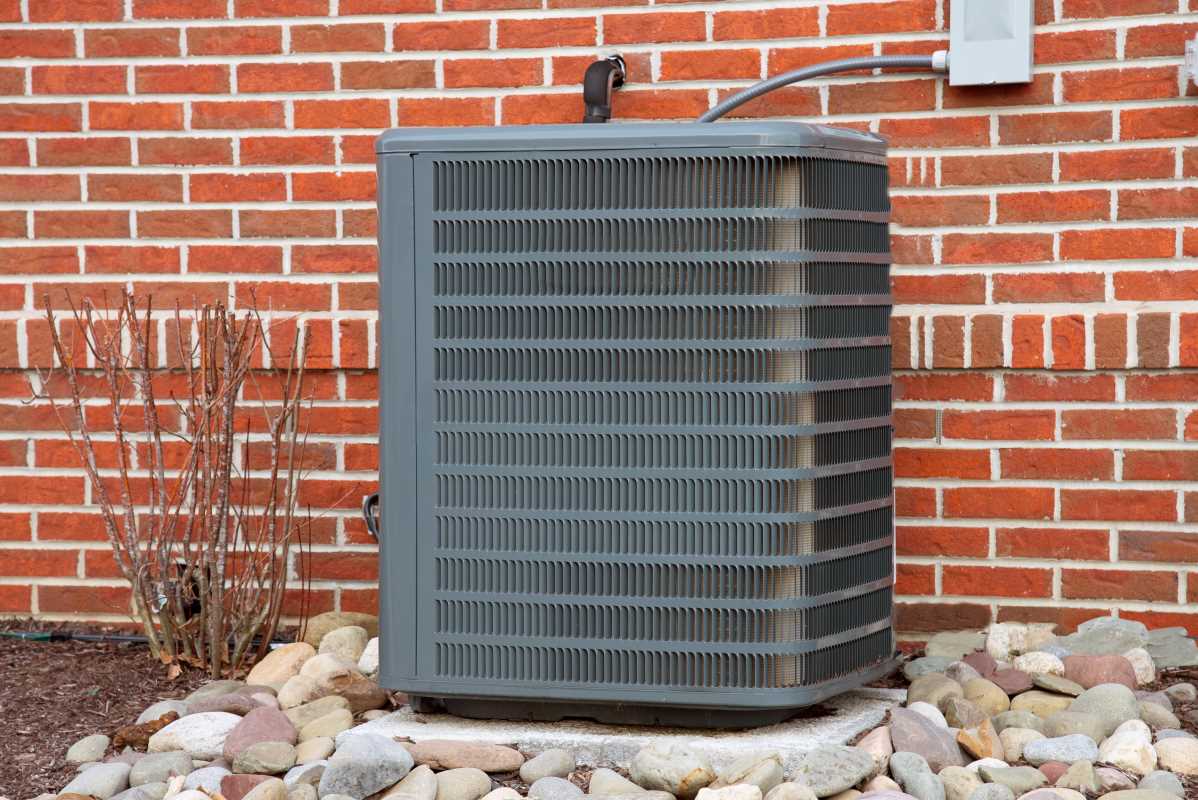Imagine a heating system that not only keeps your home comfortably warm but also utilizes the natural energy of the Earth. Geothermal heating offers this remarkable solution, providing an efficient and sustainable way to maintain indoor temperatures year-round. Homeowners seek to reduce their environmental footprint and lower energy costs, and geothermal systems present a compelling alternative to traditional heating methods.
Understanding Geothermal Heating
Geothermal heating uses the stable temperatures found beneath the Earth's surface to regulate indoor climates. This method employs renewable energy, making it a highly sustainable choice for home heating and cooling.
- Energy Efficiency: Geothermal systems achieve higher efficiency levels compared to conventional heating methods, reducing overall energy consumption.
- Environmental Impact: By relying on the Earth's natural heat, geothermal heating significantly lowers greenhouse gas emissions.
- Long-Term Savings: Although the initial installation cost is higher, the long-term operational savings offset the investment.
- Durability: Geothermal heat pumps typically last longer than traditional HVAC systems, offering sustained performance over decades.
Implementing Geothermal Systems in Homes
Installing a geothermal heating system involves several key steps to ensure proper installation and optimal performance. Following a structured approach allows homeowners to seamlessly integrate this eco-friendly technology into their residences.
- Site Assessment: Evaluate the property to determine the suitability for geothermal installation, considering factors like land availability and soil conditions.
- System Design: Work with professionals to design a system tailored to the home's specific heating and cooling needs.
- Installation: Install the geothermal heat pump and lay the necessary underground loops to facilitate heat exchange.
- Integration: Connect the geothermal system to the home's existing ductwork and control systems for seamless operation.
- Testing and Commissioning: Conduct thorough testing to ensure the system functions efficiently and meets the desired thermal requirements.
Adopting an eco-friendly approach enhances your home's sustainability and contributes to broader environmental preservation efforts.
Cost Implications and Savings
Investing in geothermal heating involves both upfront costs and long-term financial benefits. Understanding these factors helps homeowners make informed decisions about adopting this technology.
- Initial Investment: The cost of purchasing and installing a geothermal system generally exceeds traditional heating solutions, primarily due to the complexity of the installation process.
- Operational Costs: Geothermal systems typically require less energy to operate, resulting in lower monthly utility bills.
- Maintenance Expenses: With fewer moving parts and less wear and tear, maintenance costs for geothermal systems often remain minimal compared to conventional systems.
- Incentives and Rebates: Various government incentives and tax credits help offset the initial costs, making geothermal installations more affordable.
- Return on Investment: Over time, the energy savings lead to a significant return on investment, balancing the initial expenditure.
Enhancing Home Comfort and Environmental Benefits
Geothermal heating not only improves indoor comfort but also plays a vital role in promoting environmental sustainability. By maintaining consistent temperatures and reducing reliance on fossil fuels, geothermal systems contribute to a healthier living environment.
The stability of geothermal heating ensures that homes remain comfortable regardless of external weather conditions. The reduced carbon footprint associated with geothermal energy supports global efforts to combat climate change.
Comparing Geothermal with Traditional Heating Methods
- Energy Efficiency
- Geothermal Heating: High efficiency with lower energy consumption.
- Traditional Heating: Lower efficiency, higher energy usage.
- Environmental Impact
- Geothermal Heating: Minimal emissions, sustainable energy source.
- Traditional Heating: Higher emissions, reliance on fossil fuels.
- Installation Cost
- Geothermal Heating: Higher initial investment.
- Traditional Heating: Lower upfront costs.
- Operational Cost
- Geothermal Heating: Significantly lower over time.
- Traditional Heating: Higher ongoing expenses.
- Lifespan
- Geothermal Heating: Typically longer with durable components.
- Traditional Heating: Shorter lifespan, more frequent replacements.
- Maintenance
- Geothermal Heating: Low maintenance requirements.
- Traditional Heating: Higher maintenance needs.
Choosing geothermal heating over traditional methods offers numerous advantages, from better energy efficiency to substantial environmental benefits. While the initial costs may be a consideration, the long-term savings and positive impact on the planet make geothermal systems a wise investment for the future.
Adopting geothermal heating transforms your home into a model of sustainability and comfort. By integrating this advanced technology, you enjoy a cozy living space and contribute meaningfully to environmental conservation. The combination of eco-friendly practices and financial savings highlights the value of geothermal heating as a forward-thinking solution for modern homeowners.
 (Image via
(Image via





